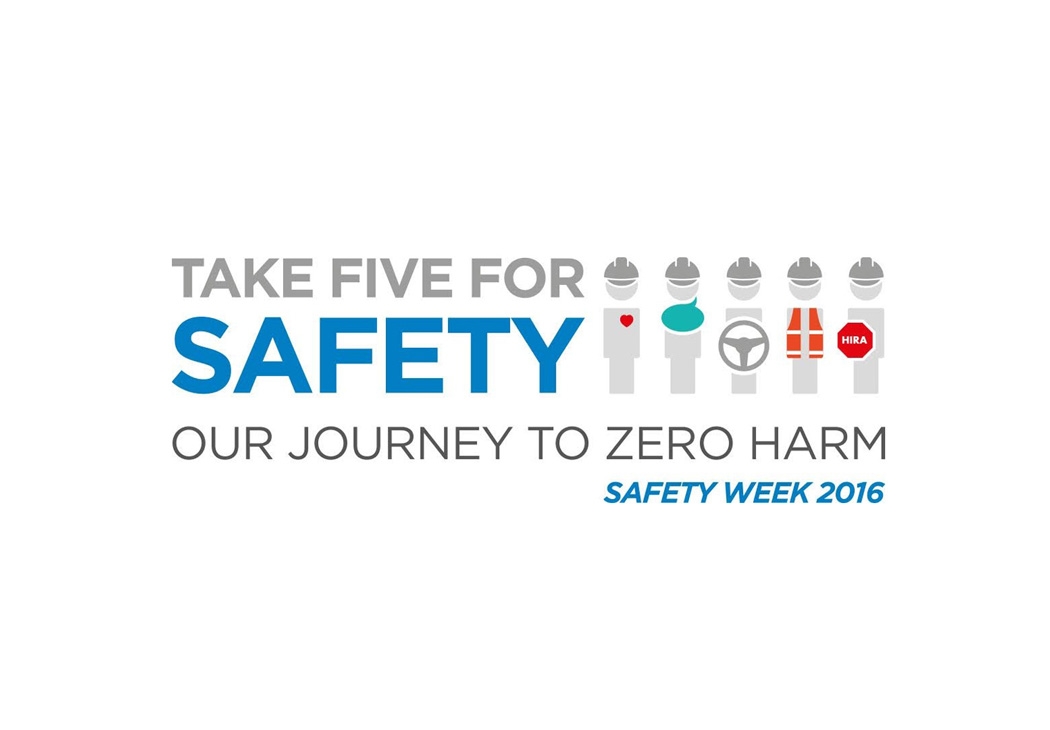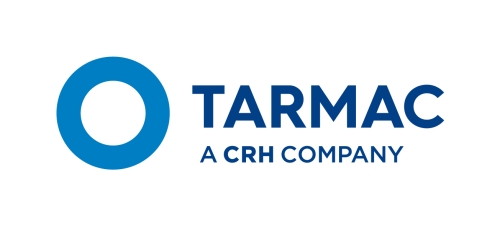
HEALTH AND SAFETY
Safety week 2016
Every year we run a Safety Week during so that our employees and contractors bring extra focus to safety over and above our day to day activities. Each site focuses on a range of safety-related activities and works to deliver continuous improvement. In 2016, Tarmac adopted a ‘Take 5 for Safety’ principle, this meant taking time out of the ‘normal’ day to day routine to consider health and safety issues, focusing on daily themes for each of the five days and reviewing 5 Point Checklists to help employees to assess key risks associated with common activities. Key features of the Safety Week programme included the use of Safety Selfies and High Fives showing safety in practice and indicating to the wider business good practices that are already in place.
Operational teams reviewed measures for minimising dust on site, including respirable silica, and limiting exposure to hand arm vibration. Sites were encouraged to utilise materials provided in a toolkit and implement action plans to address the issues raised.
At our Birtley office near Chester le Street, employee activities included keep fit sessions and a programme of exercises to help avoid musculoskeletal disorders. At the Head Office in Solihull, staff had the opportunity to look round new Tarmac liveried vehicles and fully appreciate the risks associated with limited driver visibility whilst on the roads. Across all Tarmac operations staff were encouraged to utilise materials linked to occupational health and a number of sites took advantage of staff wellbeing checks, including blood pressure monitoring.
